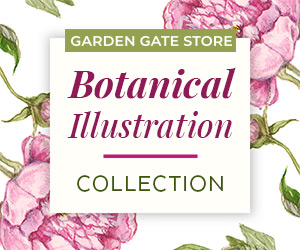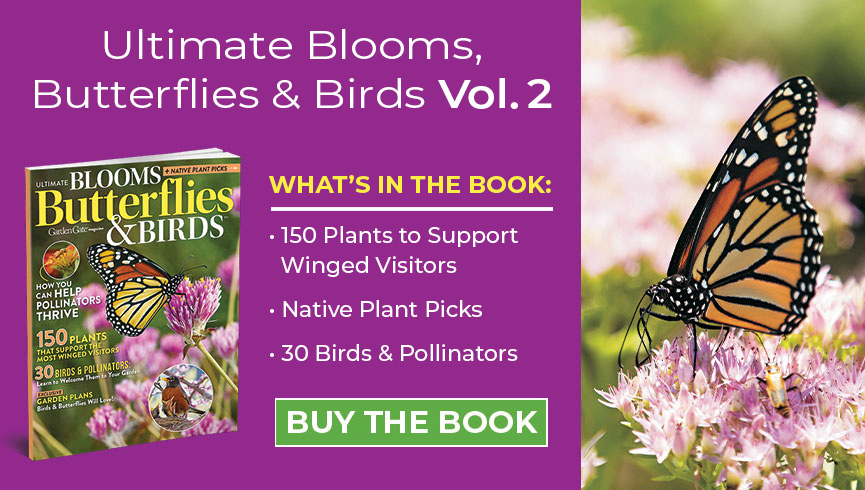If you’re a gardening enthusiast but you’re overwhelmed by all the information available, don’t worry — here’s an ultimate gardening guide to help you learn the basics and get you started in the right direction. In this post, we’ll discuss everything you need to know to successfully grow plants in your own garden.
From understanding the needs of your plants to choosing the right equipment, we’ll cover all the essentials so you can embark on your gardening journey with ease. Whether you’ve already invested some time in a new garden or you’re just getting started, this guide has all the information you need to help your greenery flourish. Keep reading to learn the fundamentals of plant care and cultivation so you can make the most out of your gardening journey.
Plant Choice
The type of garden that you’re trying to grow will determine the plants you should choose. If you’re growing vegetables, ensure they can thrive in your region’s climate and soil type. The same is true for flowers and other types of gardens. Make sure you pick plants that can survive the climate in your region. Check the plant’s description and research more information online to ensure it can handle your area’s temperature, humidity levels, and other environmental factors.
Plants are divided into zones by the US Department of Agriculture, indicating how well a plant will survive in different climates. Check what zone you’re in and whether the specific plant is suitable for your zone before planting it in your garden.
Soil
Different plants thrive in different types of soil, so it’s important to figure out what soil your garden has before selecting each plant. Sandy soil tends to drain water quickly, loam is rich in organic matter, and clay holds onto water and can become waterlogged easily. The pH level of your soil should be tested to determine if it is acidic, neutral, or alkaline. Depending on the plants you want to grow, you may have to adjust the pH level before planting them so they can absorb enough nutrients from the soil.
Fertilizers, such as fish fertilizer, can adjust your soil’s pH levels accordingly. Different types of fertilizers can be used to increase the fertility of your soil over time. Organic fertilizers like fish fertilizer are typically the best options for this purpose as they provide natural nutrients like nitrogen and potassium over a long period.
Water
Water is essential for the health of plants. Without an adequate water supply, plants will wilt and eventually die due to dehydration. In regions with little to no natural rainfall, it is necessary to manually water the plants using a hose or watering can on a regular basis to ensure their health and hydration.
The frequency of watering will depend on various factors such as your location and the type of soil you have. Sandy soils tend to dry out quickly and require more frequent watering, while clay soils retain moisture for longer periods. It’s important to find the right balance for your specific conditions.
To avoid overwatering, which can lead to root rot, it’s crucial to provide enough water to thoroughly saturate the roots and the upper layers of soil without completely drenching them. You can use a small shovel or spade to check the depth of water penetration and determine if more water is needed to hydrate all soil levels adequately.
Sun Exposure
The light requirements of plants vary depending on the type of plant you want to grow. Some plants thrive in full-sun exposure, which means they require direct sunlight. Others prefer partial sun, meaning they need indirect light or some shade. It’s crucial to determine the specific light needs of each plant before deciding where to place it in your garden. Certain plants may require more sunlight than others to flourish properly over time.
Monitoring the amount of sunlight your garden receives is important. Keep track of the number of hours of sunlight your garden gets each day or week. Ensure that each plant receives enough sunlight during the day or within its expected growing season. Consider any shadows cast by nearby structures that may limit direct light. Adjust the positions of your plants accordingly, if necessary to ensure they receive adequate sunlight for their growth.
Fertilizers
A variety of fertilizers are available to address specific nutrient deficiencies in the soil, such as nitrogen or potassium. Organic products like fish fertilizers are often preferred over chemical options due to their natural composition and absence of harsh chemicals that could harm beneficial organisms in healthy soils. It is important to read the labels of fertilizers before applying them to your garden beds.
The frequency of fertilizer application depends on the type of fertilizer being used. Liquid fertilizers generally require more frequent reapplication compared to granular fertilizers, as the latter tends to last longer in the soil once diluted and activated by rainfall or irrigation. Carefully read the instructions on each product label to determine the appropriate application schedule for your garden beds.
Both overfertilizing and underfertilizing can have negative effects. Excessive fertilizer can cause burning or leaching of nutrients from the soil, while insufficient fertilizer won’t provide adequate support for healthy growth. It is important to measure out precise amounts when using any type of fertilizer for optimal results in your garden.
Pruning
Pruning plays a vital role in maintaining the health of plants. It involves the removal of dead or diseased branches and foliage, which can prevent the spread of disease to other parts of the garden. Pruning also contributes to the aesthetic appeal of plants by promoting further branching and preventing unruly growth. It eliminates older growth that has already maximized its benefit from photosynthesis processes in leaves and branches.
Different pruning tools are available for various jobs. Clean shears are suitable for cutting small, twiggy branches from shrubs. Loppers are effective for larger branches, while manual saws are ideal for thicker, woody stems. It’s crucial to ensure that pruning tools are sharp before use. This helps achieve clean cuts instead of jagged edges that may result in bark splitting as the plant grows.
Plant Disease
Plants can be affected by various diseases, such as bacterial spot disease caused by Xanthomonas campestris pv vesicatoria, which is commonly found in tomato crops. Another example is powdery mildew, characterized by the appearance of white spots on leaves and stems due to limited air circulation and humid conditions. It’s important to research and be aware of specific diseases that can affect the crops you’re planting so that you can take preventive measures and remain vigilant for early warning signs of potential issues in your garden.
In addition to being aware of known diseases that affect specific crops in certain regions, proper maintenance practices play a crucial role. Cleaning up debris around the base of stems or trunks and regularly removing weeds from crop areas helps reduce the spread of diseases. This practice also creates more space between vulnerable plants, preventing overcrowding and competition for resources.
If diseases have already appeared in your garden despite taking preventive measures, treatment options mainly involve using pesticides or fungicides directly on the affected crops. However, it is important to carefully read the labels of any products containing potentially hazardous chemicals typically found in these types of treatments. By doing so, you can ensure that you follow proper safety precautions at all times.
Conclusion
There’s a lot to consider regarding growing plants in your garden, and this ultimate gardening guide has provided all the information you need to get started. Understanding what plants need to thrive, from selecting the right soil to providing the necessary nutrients, is key to a healthy and successful garden. With the right amount of knowledge and effort, your garden can flourish and provide beauty and nutrition for years. So don’t be intimidated — get out there and start gardening!
















